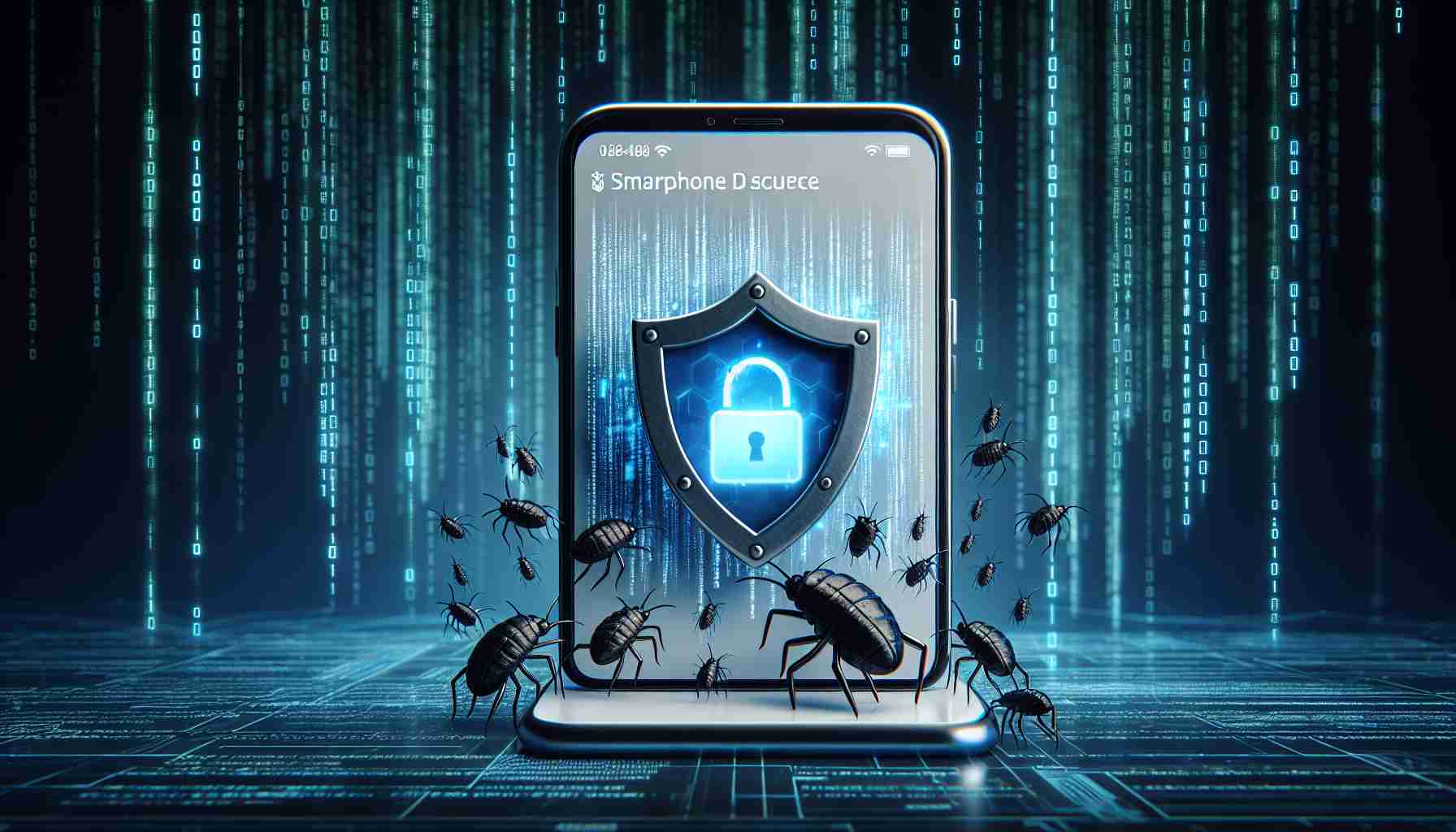Smartphones have become an integral part of our lives, storing valuable data ranging from personal information to financial details. Ensuring the security of this data is paramount to safeguarding our privacy and preventing potential financial losses. While passwords offer a level of protection, advanced features further enhance smartphone security.
iPhones, for example, include a Self-Destruct Feature that activates after multiple failed password attempts, systematically erasing all data from the device. This proactive measure is designed to protect sensitive information in the event of theft or unauthorized access. After a series of unsuccessful password entries, the iPhone initiates a time delay between attempts, ultimately leading to the permanent deletion of all data after ten consecutive failures.
This irreversible security measure wipes the device clean, removing photos, apps, contacts, and other personal data. The Self-Destruct Feature provides users with peace of mind, knowing that their information is safe even if their device is compromised.
While Google offers a straightforward method for Android users to reset their devices using their Google Account credentials, exploring additional security features on smartphones is crucial in today’s digital age. By understanding and utilizing these advanced security options, users can better protect their valuable data and maintain their privacy in an increasingly connected world.
Enhancing Smartphone Security Beyond Passwords: Key Considerations
Smartphones play a central role in our daily lives, serving as repositories for a wide array of sensitive data. While basic security measures like passwords are essential, the evolving landscape of cyber threats necessitates a deeper understanding of advanced security features to safeguard personal information effectively. Let’s delve into some crucial aspects that go beyond the conventional methods discussed previously.
What are the most important questions to consider when it comes to smartphone security?
1. What role do biometric authentication methods play in enhancing smartphone security?
Biometric authentication methods, such as fingerprint scanning and facial recognition, offer a more secure way to protect your smartphone data. While they provide convenient access, their effectiveness in preventing unauthorized access is a significant advantage.
2. How important is encryption in safeguarding data on smartphones?
Encryption serves as a vital layer of security by encoding data into an unreadable format that requires a decryption key to access. Understanding the encryption protocols on your smartphone can significantly enhance your data protection.
3. Are there specialized security apps that can further secure smartphone data?
Third-party security apps provide an additional level of protection by offering features like secure storage, anti-malware protection, and remote data wiping in case of theft or loss. Exploring these options can bolster your smartphone’s security posture.
Key Challenges and Controversies:
One of the primary challenges associated with smartphone security is the balance between convenience and robust protection. Users often opt for convenience by using simple passwords or forgoing additional security measures, which can leave their data vulnerable to breaches.
Controversies arise around the collection and storage of biometric data for authentication, raising concerns about privacy and the potential misuse of this sensitive information by malicious actors or even tech companies themselves.
Advantages and Disadvantages:
Advantages:
– Advanced security features like biometric authentication provide enhanced protection.
– Encryption ensures that even if the device is compromised, the data remains secure.
– Specialized security apps offer comprehensive solutions to safeguard smartphone data effectively.
Disadvantages:
– Overreliance on biometric data can lead to false positives or security vulnerabilities.
– Complex security measures may inconvenience users, leading to decreased adoption.
– Third-party security apps may require additional permissions that raise privacy concerns.
In conclusion, staying updated on the latest advancements in smartphone security and adopting a multi-layered security approach are paramount in safeguarding valuable data. By weighing the advantages and disadvantages of various security measures, users can make informed decisions to enhance their smartphone’s security posture in an ever-evolving digital landscape.
For more information on smartphone security best practices, you can visit CNET.























